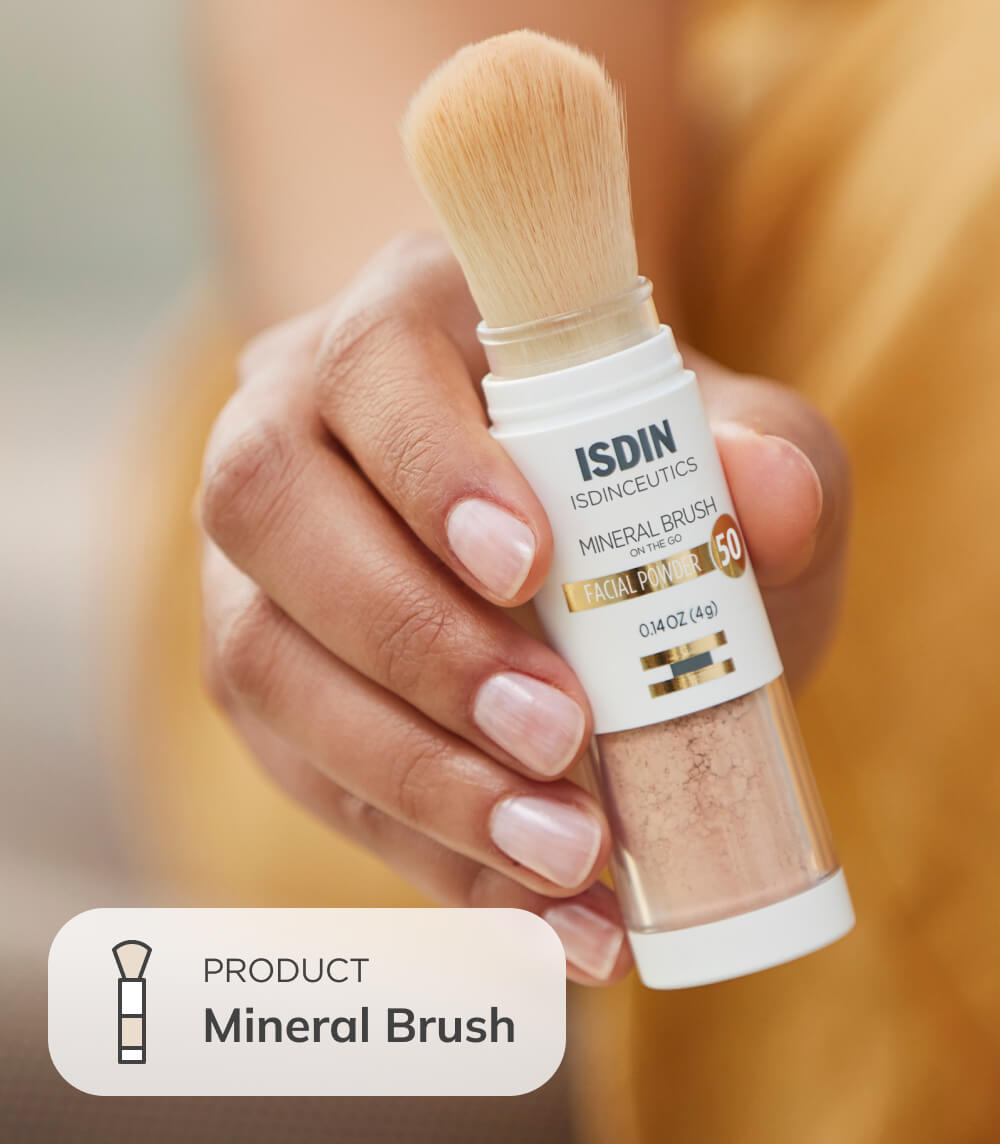Your energy, your mood — you can feel how they fluctuate throughout the day (even if you want to at times). And while these ups and downs may seem random, they’re all part of your body’s basic functions to keep you healthy and happy.
The same goes for your skin! In fact, it goes through many changes in a day, even if you can’t see or feel them as much. Let’s unpack these important changes, as well as the best course of action to help your skin look its best from sun up to sun down.
Your skin during the day
From the moment you wake up until the moment it gets dark, your skin is hard at work. During the day, skin protects your body from UV exposure, moisture loss, pollution, temperature extremes and aggressive agents – not to mention helping you sense the world around you through touch . It’s not an easy gig.
It also changes from day to night, adapting to these two very different environments. Since your skin is an organ (the largest actually), it receives and gives off signals related to the time of day. As the daylight fades, Your skin moves from protection and hydration mode to repair and restoration mode. This switch is thanks to your skin’s circadian rhythm (just like your body’s sleep-wake cycle).
Learn more about your skin at night and how to help it repair itself.
For now, find out what your skin goes through during a typical 9 to 5:
Alarm goes off, protection mode turns on

Do you ever feel like your skin looks better in the morning? It’s not just in your head, there’s science behind it. Your skin becomes thicker in the morning as it prepares to protect against stressors throughout the day. And yet, even at its thickest, your skin is less than one-tenth of an inch thick — meaning he can use all the extra protection he can get.
What can you do
First up? Antioxidants. These free radical-fighting ingredients help protect your skin from pollution and the damaging effects of UV rays — which are at their peak during the day. Reach for a vitamin C serum Formulated to protect against oxidative stress and deeply hydrate skin for a natural, radiant glow.
Next, sunscreen. This is your first line of defense against those harmful UV rays that lead to visible signs of skin aging (AKA photoaging) and increase your risk of skin cancer. But try to remember: sunscreen isn’t exactly something you use once a day. Do your best to reapply at least every two hours — that’s the time frame experts recommend.


Increase in oil production at noon
Whether it’s a reaction to external stressors or everyday hassles (work email, traffic, and a never-ending to-do list), stress can be very real — very oily — effect on the skin.
Regardless of the trigger, research says this Sebum production peaks in the afternoon. That means it’s completely normal to experience that midday glow at the office.
What can you do
Try adding an oil cleanser to your morning routine. Although it may seem counterintuitive, oil attracts oil. So this texture can be great for eliminating oil build-up at night without stripping the skin of its natural hydration, keeping things balanced overall.
Another tip? Hide in your bag a pure mineral powder to strengthen the skin’s defense and at the same time make it matte.


Skin loses moisture as the day ends
From afternoon to evening, science shows that your skin naturally loses moisture. This is due to transepidermal water loss (TEWL), a very natural process where your skin loses water to the surrounding air through evaporation. Think of it as your skin’s way of regulating its water content.
However, many environmental factors—such as sun exposure, low-humidity climates, wind, and more—can worsen TEWL. So what happens when your skin loses more water than it can replace? That’s when you see dry, rough, even irritated or itchy skin.
What can you do
If this sounds like you, you’ll want to adopt a daily skincare routine for dehydrated skin with hydrating hyaluronic acid at its core. This super ingredient boasts a high water retention capacity, acting almost like a natural water reservoir on your skin — perfect for long days in a dry environment.

Every day is an opportunity to reset
Skin care doesn’t have to be just a few minutes in the morning, but rather a lifestyle with healthy skin at the forefront. And understanding how hard your skin is working can help you give it what it needs to stay alive every hour.
So keep in mind that your skin does a lot for you during the day. But she only asks for a few simple things in return: a customized morning routine and always, always sunscreen.

References:
Chen Y, Lyga J. Brain-skin connection: stress, inflammation and skin aging. Drug targets for inflammatory allergy. 2014? 13 (3): 177-90. doi: 10.2174/1871528113666140522104422. PMID: 24853682; PMCID: PMC4082169.
InformedHealth.org [Internet]. Cologne, Germany: Institute for Quality and Efficiency in Healthcare (IQWiG); 2006-. How does skin work? September 28, 2009 [Updated 2019 Apr 11]. Available from:
Matsui MS et al. Biological rhythms in the skin. Int J Mol Sci 2016 J Biol Rhythms. 2015 Jun;30(3):163-82. Available from:


